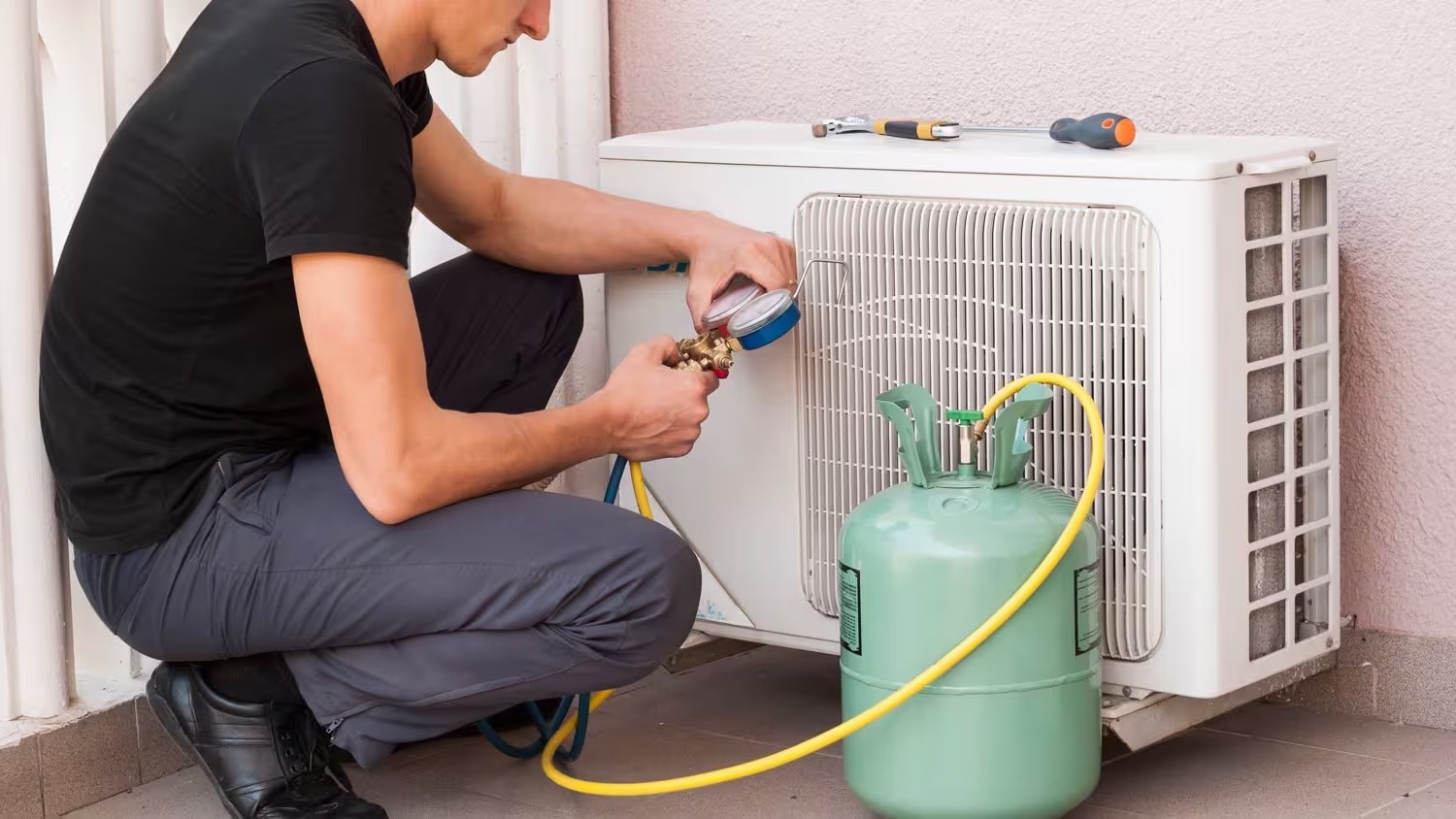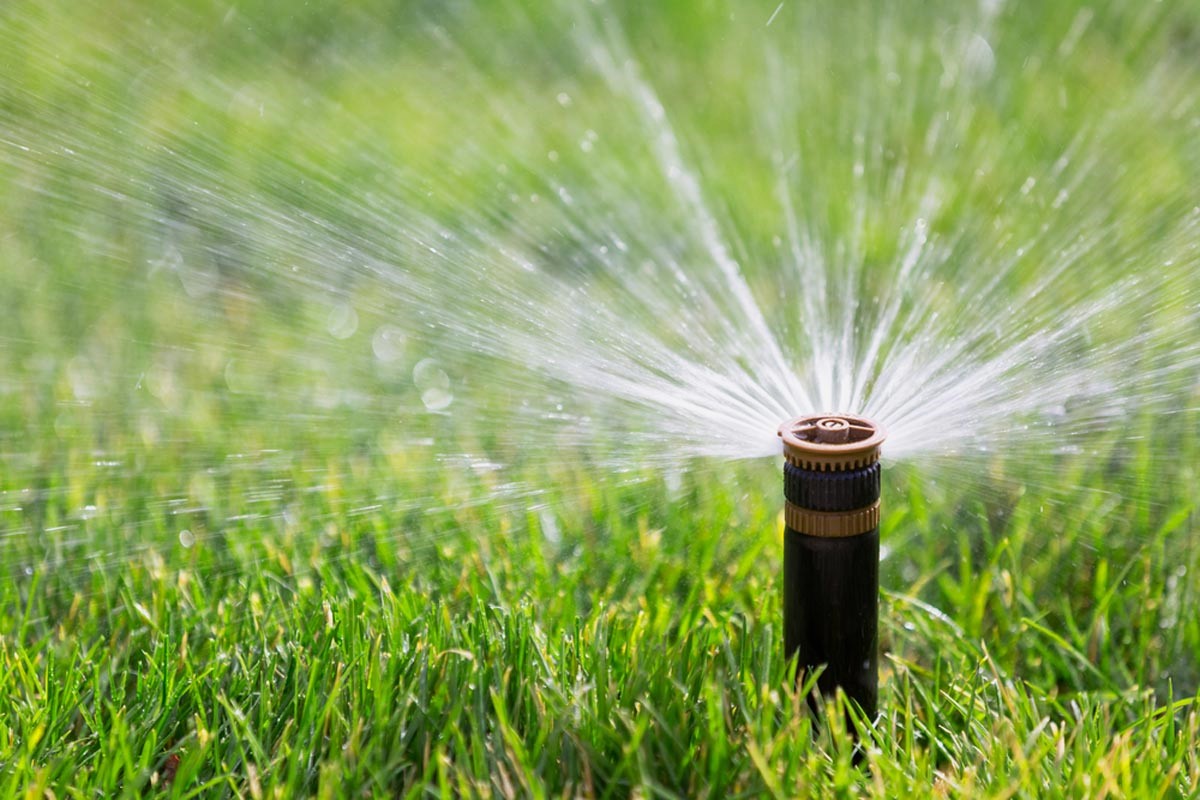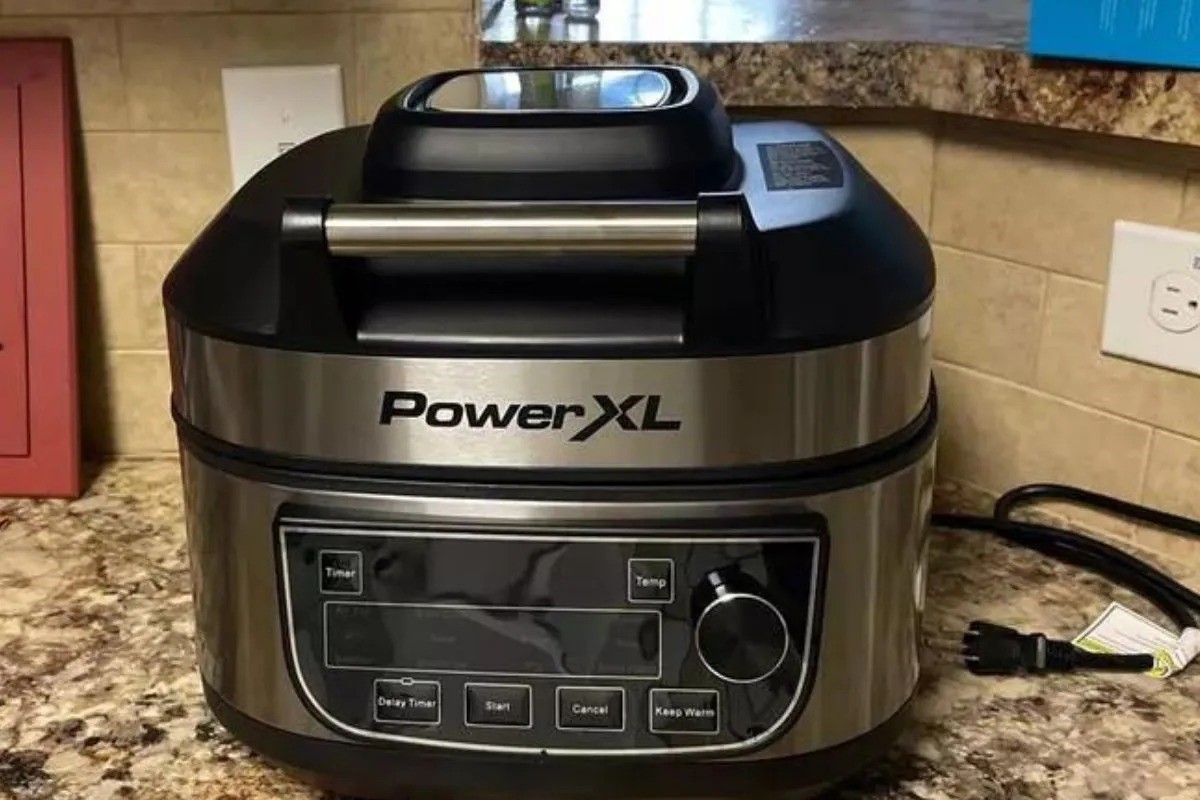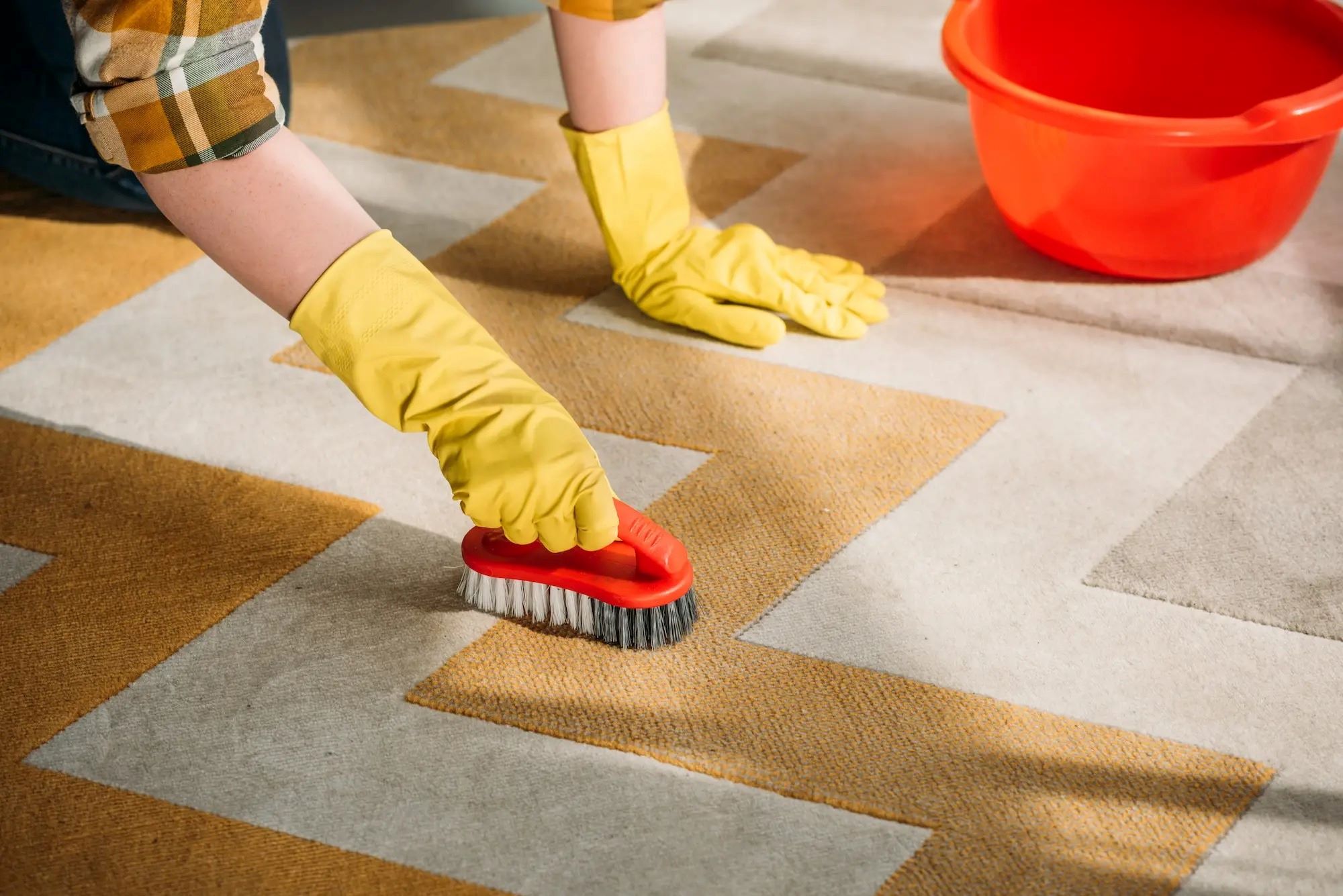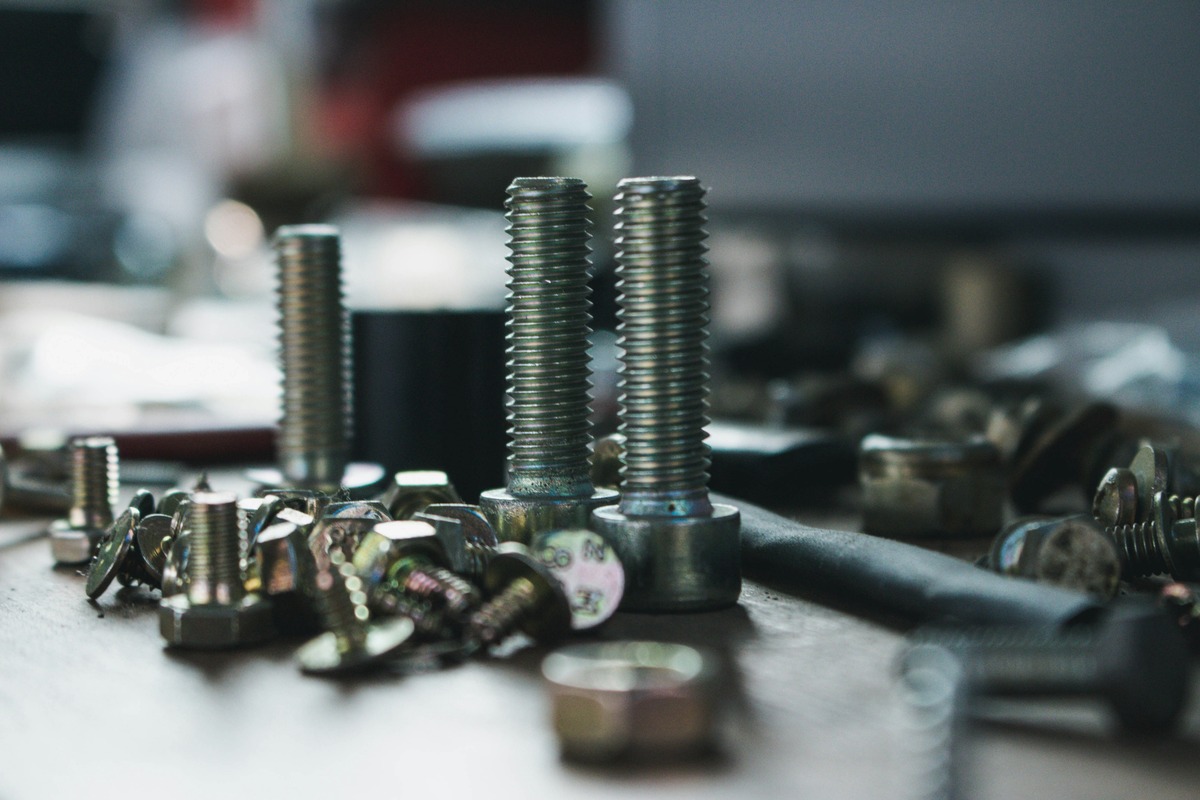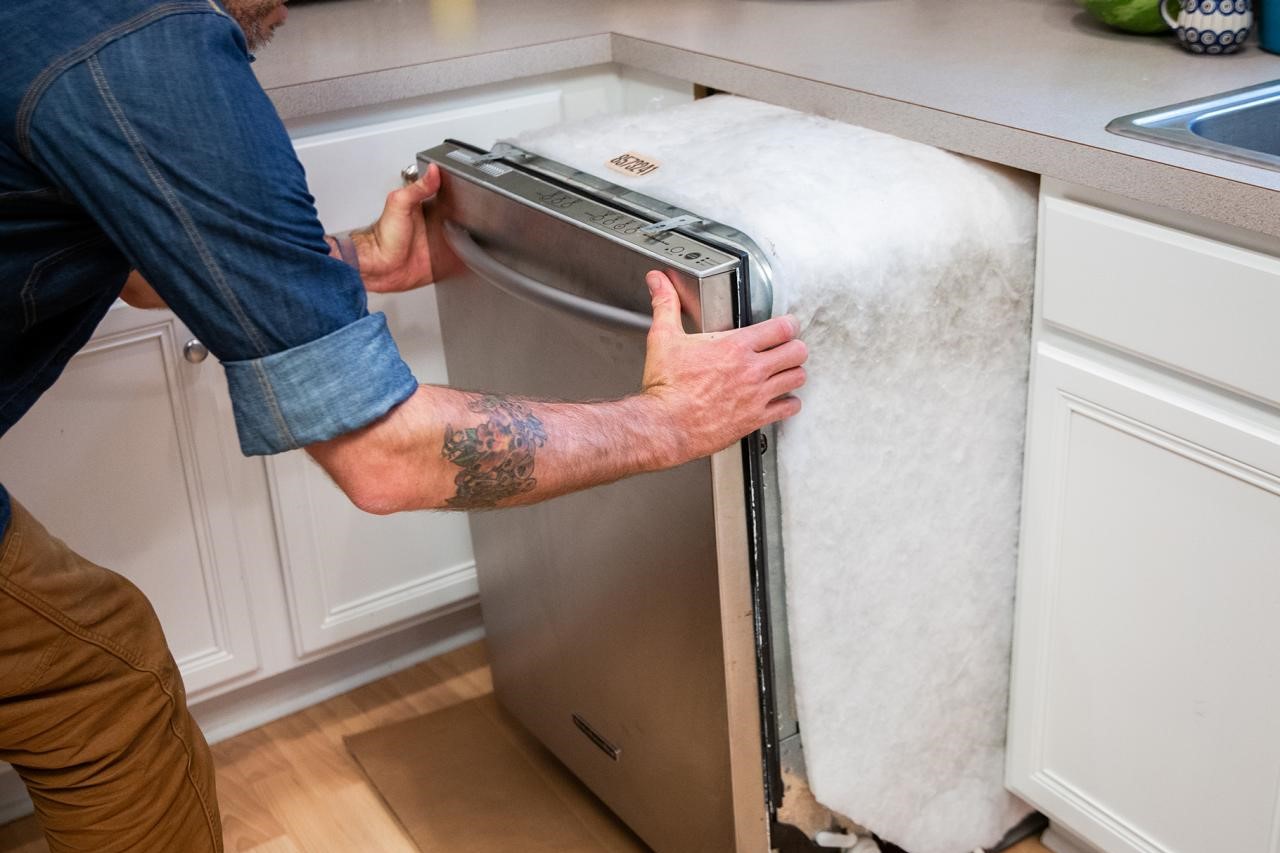Home>Home and Garden>Ultimate Guide To Cleaning AC Coils Inside Your Home
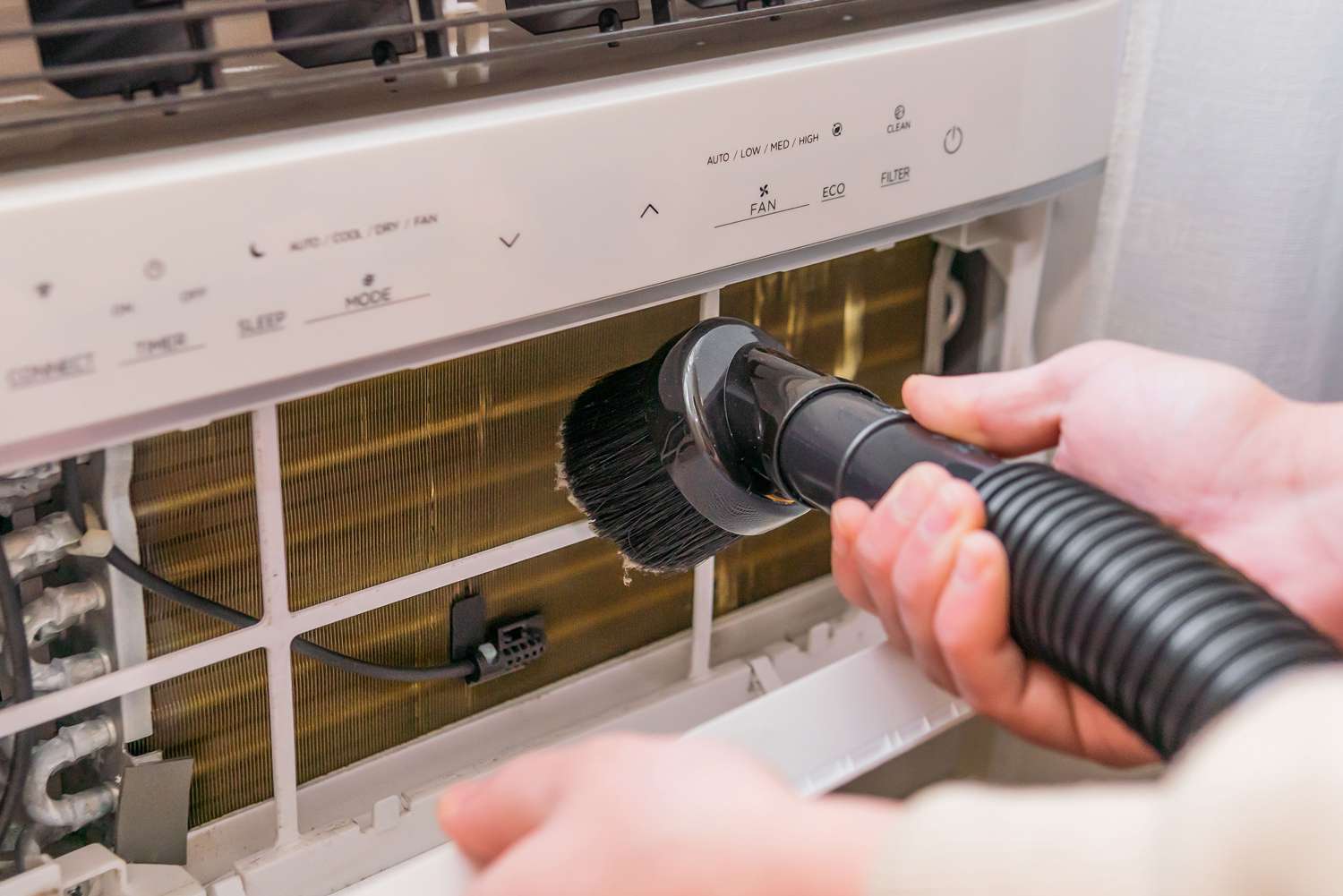

Home and Garden
Ultimate Guide To Cleaning AC Coils Inside Your Home
Modified: March 3, 2024
Learn how to effectively clean your AC coils at home with our ultimate guide. Keep your home and garden in top shape with these expert tips.
(Many of the links in this article redirect to a specific reviewed product. Your purchase of these products through affiliate links helps to generate commission for Noodls.com, at no extra cost. Learn more)
Table of Contents
Introduction
Welcome to the ultimate guide to cleaning AC coils inside your home! Your air conditioning system plays a crucial role in maintaining a comfortable indoor environment, especially during the sweltering summer months. However, over time, the coils inside your AC unit can accumulate dirt, dust, and debris, leading to decreased efficiency and potential malfunctions. By understanding the importance of maintaining clean AC coils and learning the proper cleaning techniques, you can ensure that your home remains cool and comfortable while prolonging the lifespan of your AC system.
In this comprehensive guide, we will delve into the intricacies of AC coils, explore the telltale signs of dirty coils, outline the essential tools and materials needed for cleaning, and provide step-by-step instructions for effectively cleaning AC coils. Additionally, we will offer valuable maintenance tips to help you keep your AC system running smoothly and efficiently for years to come.
Whether you are a seasoned homeowner or a first-time AC owner, this guide is designed to equip you with the knowledge and skills necessary to maintain clean AC coils and optimize the performance of your air conditioning system. So, roll up your sleeves and get ready to transform the way you care for your AC unit. Let's dive in and discover the secrets to keeping your home cool and comfortable with clean AC coils!
Read more: Ultimate Guide To Cleaning Your Suede Purse
Understanding AC Coils
AC coils, also known as air conditioning coils, are integral components of your home's cooling system. These coils play a pivotal role in the heat transfer process, facilitating the conversion of refrigerant from a gas to a liquid state and vice versa. There are two primary types of AC coils: evaporator coils and condenser coils.
Evaporator Coils
Located inside the indoor unit of your air conditioner, evaporator coils are responsible for absorbing heat from the indoor air. As warm air passes over the coils, the refrigerant within them evaporates, drawing heat energy from the air and cooling it in the process. This cooled air is then circulated back into your home, contributing to a comfortable indoor environment.
Condenser Coils
On the other hand, condenser coils are situated in the outdoor unit of your air conditioning system. Their primary function is to release the heat absorbed from the indoor air into the outdoor environment. As the refrigerant flows through the condenser coils, it condenses back into a liquid state, expelling the heat it has absorbed. This process allows the refrigerant to return to the indoor unit in a cooled state, ready to absorb more heat from the indoor air.
Both evaporator and condenser coils are typically made of copper or aluminum due to their excellent thermal conductivity and resistance to corrosion. These materials are well-suited for the heat exchange process and are commonly used in AC coil construction.
Understanding the role of AC coils in the heat transfer process is essential for appreciating their significance in maintaining a comfortable indoor climate. As these coils facilitate the exchange of heat between the indoor and outdoor environments, keeping them clean and free of debris is crucial for ensuring optimal performance and energy efficiency in your air conditioning system.
By gaining insight into the function and importance of AC coils, you are better equipped to recognize the signs of dirty coils and understand the impact of neglecting their maintenance. Now that we have a clear understanding of AC coils, let's explore the indicators of dirty coils and the necessary steps to address this issue effectively.
Signs of Dirty AC Coils
Recognizing the signs of dirty AC coils is paramount for maintaining a well-functioning air conditioning system. Over time, these essential components can become laden with dirt, dust, and other debris, leading to a range of noticeable indicators that signify the need for cleaning. By being vigilant and attentive to these signs, you can address the issue promptly and prevent potential complications. Here are the key signs to watch out for:
-
Reduced Cooling Efficiency: One of the primary indicators of dirty AC coils is a decrease in the cooling efficiency of your air conditioning system. As dirt and debris accumulate on the coils, they hinder the heat transfer process, impeding the system's ability to effectively cool the indoor air. This often results in reduced cooling performance, leading to discomfort and higher energy consumption.
-
Increased Energy Consumption: Dirty AC coils can cause your air conditioner to work harder to maintain the desired indoor temperature. This increased workload leads to higher energy consumption, reflected in elevated utility bills. If you notice a sudden spike in your energy costs without a corresponding increase in usage, it could be a sign that your AC coils need cleaning.
-
Inadequate Airflow: Accumulated debris on the coils can obstruct the airflow within the air conditioning system. This obstruction can manifest as reduced airflow from the vents, uneven cooling in different areas of your home, or a weakened overall airflow. If you observe these airflow irregularities, it may indicate that your AC coils are in need of cleaning.
-
Ice Formation: Dirty coils can lead to the formation of ice or frost on the evaporator coils. When the coils are covered with a layer of dirt and grime, the refrigerant cannot absorb sufficient heat, causing the moisture in the air to freeze on the coils. If you notice ice buildup on the indoor unit of your air conditioner, it is a clear indication that the coils require immediate cleaning.
-
Unpleasant Odors: Accumulated dirt and debris on the AC coils can create a breeding ground for mold, mildew, and bacteria. As a result, you may detect musty or unpleasant odors emanating from the air vents when the air conditioner is in operation. These odors can permeate the indoor air, compromising the quality of your home's atmosphere.
By remaining attentive to these signs, you can proactively address the issue of dirty AC coils and ensure the continued efficiency and effectiveness of your air conditioning system. Now that we have identified the signs of dirty coils, let's delve into the essential tools and materials needed to clean AC coils effectively.
Tools and Materials Needed
Before embarking on the task of cleaning your AC coils, it's essential to gather the necessary tools and materials to ensure a thorough and effective cleaning process. Here's a comprehensive list of the items you will need:
Tools:
- Screwdriver: A screwdriver will be required to open the access panel of the air handler unit or the outdoor condenser unit, allowing you to access the coils for cleaning.
- Soft Brush: A soft-bristled brush, such as a nylon brush, is ideal for gently removing dirt and debris from the coils without causing damage.
- Fin Comb: This specialized tool is designed to straighten any bent or misshapen fins on the condenser coils, promoting optimal airflow and heat exchange.
- Vacuum Cleaner with Soft Brush Attachment: A vacuum with a soft brush attachment can be used to remove loose debris and dust from the coils and surrounding areas.
- Gloves and Safety Glasses: It's important to protect your hands with gloves and your eyes with safety glasses while handling cleaning agents and working around the AC unit.
Materials:
- Coil Cleaner Solution: A commercially available coil cleaner solution or a DIY cleaning solution comprising water and mild detergent can effectively break down and remove stubborn dirt and grime from the coils.
- Spray Bottle: Use a spray bottle to apply the coil cleaner solution evenly onto the coils, ensuring comprehensive coverage for thorough cleaning.
- Rags or Towels: These will come in handy for wiping and drying the coils after cleaning, as well as for containing any excess cleaning solution.
- Fin Straightening Tool (Optional): If the condenser coils have bent fins, a fin straightening tool can be used to carefully realign the fins for improved airflow and heat transfer.
- Protective Tarp or Plastic Sheeting: Lay down a protective tarp or plastic sheeting around the AC unit to safeguard the surrounding area from potential drips or spills during the cleaning process.
By assembling these essential tools and materials, you will be well-prepared to tackle the task of cleaning your AC coils with confidence and precision. With the right equipment at your disposal, you can ensure that the cleaning process is carried out effectively and safely, promoting optimal performance and longevity for your air conditioning system. Now that we have covered the tools and materials needed, let's proceed to the next crucial step: how to clean AC coils effectively.
How to Clean AC Coils
Cleaning AC coils is a fundamental aspect of maintaining an efficient and reliable air conditioning system. By following the proper cleaning procedures, you can ensure that your AC coils remain free of dirt and debris, allowing for optimal heat transfer and energy efficiency. Here's a step-by-step guide to effectively clean your AC coils:
-
Turn Off the Power: Before beginning the cleaning process, it is crucial to turn off the power to your air conditioning system. This can typically be done by switching off the circuit breaker that supplies electricity to the AC unit. Ensuring the power is off is essential for safety during the cleaning process.
-
Access the Coils: Depending on the type of AC unit you have, you will need to access either the indoor evaporator coils or the outdoor condenser coils. Use a screwdriver to remove the access panel from the air handler unit or the outdoor condenser unit, allowing you to reach the coils.
-
Inspect the Coils: Take a moment to visually inspect the coils for any excessive dirt, debris, or signs of damage. This initial assessment will help you gauge the extent of cleaning required and identify any potential issues that need attention.
-
Apply Coil Cleaner: Using a coil cleaner solution or a DIY mixture of water and mild detergent, generously apply the cleaning solution to the coils using a spray bottle. Ensure thorough coverage, allowing the solution to penetrate and break down the accumulated dirt and grime.
-
Gentle Brushing: With a soft-bristled brush, gently scrub the coils to dislodge stubborn debris and dirt. Take care to avoid applying excessive pressure, as this could damage the delicate fins of the coils. Pay particular attention to areas with heavy buildup, ensuring a comprehensive cleaning process.
-
Rinse and Dry: After allowing the cleaning solution to work its magic, use a gentle stream of water from a hose to rinse off the coils thoroughly. Once rinsed, use a soft brush attachment on a vacuum cleaner to remove any remaining loose debris. Finally, use rags or towels to dry the coils and surrounding areas.
-
Straighten the Fins: If the condenser coils have bent fins, use a fin comb to carefully straighten and realign the fins. This step is essential for maintaining unobstructed airflow and optimizing the heat exchange process.
-
Reassemble and Restore Power: Once the cleaning process is complete, reattach the access panel to the AC unit and ensure it is secured properly. Then, restore power to the air conditioning system by turning the circuit breaker back on.
By following these step-by-step instructions, you can effectively clean your AC coils, promoting efficient heat transfer and prolonging the lifespan of your air conditioning system. Regular maintenance and cleaning of the coils are essential for ensuring optimal performance and energy efficiency, allowing you to enjoy a cool and comfortable indoor environment year-round.
Maintenance Tips
Maintaining clean AC coils is just one aspect of ensuring the optimal performance and longevity of your air conditioning system. To further enhance the efficiency and reliability of your AC unit, consider implementing the following maintenance tips:
-
Regular Inspections: Schedule periodic inspections of your AC coils to check for any signs of dirt buildup, debris, or damage. By staying proactive and addressing potential issues early on, you can prevent minor problems from escalating into major complications.
-
Change Air Filters: Regularly replace or clean the air filters in your HVAC system. Clogged or dirty filters can restrict airflow and lead to increased strain on the AC coils, affecting overall system performance. Aim to inspect and replace filters at least every 1-3 months, depending on usage and environmental factors.
-
Clear Surrounding Debris: Keep the area around the outdoor condenser unit free of debris, vegetation, and obstructions. Maintain a clearance of at least two feet around the unit to ensure adequate airflow and heat dissipation. Trim overhanging branches and remove leaves, grass clippings, and other debris that can impede the unit's functionality.
-
Professional Maintenance: Consider scheduling annual maintenance and tune-ups with a qualified HVAC technician. Professional servicing can include comprehensive cleaning of AC coils, inspection of refrigerant levels, lubrication of moving parts, and overall system evaluation to identify and address potential issues.
-
Monitor Thermostat Settings: Optimize your thermostat settings to minimize unnecessary strain on the AC system. Consider investing in a programmable thermostat to regulate temperatures based on your daily schedule, allowing for energy savings and reduced wear and tear on the system.
-
Address Leaks and Insulation: Inspect and address any leaks in the ductwork and ensure proper insulation to minimize energy loss and maintain efficient airflow. Sealing leaks and improving insulation can contribute to enhanced system performance and reduced energy consumption.
-
Promote Air Circulation: Ensure that vents and registers are unobstructed to facilitate proper air circulation throughout your home. Rearranging furniture and removing obstacles near vents can help optimize airflow and distribution of cooled air.
By incorporating these maintenance tips into your routine, you can uphold the efficiency and functionality of your air conditioning system while prolonging its operational lifespan. Consistent care and attention to your AC unit will not only contribute to a comfortable indoor environment but also lead to cost savings and reduced energy consumption over time.
Conclusion
In conclusion, the cleanliness and maintenance of AC coils are pivotal in ensuring the efficiency, longevity, and reliable performance of your air conditioning system. By understanding the role of AC coils in the heat transfer process, recognizing the signs of dirty coils, and following the proper cleaning procedures, you can optimize the functionality of your AC unit and enjoy a consistently comfortable indoor environment.
Regular inspections, proactive cleaning, and adherence to maintenance tips such as changing air filters, clearing surrounding debris, and scheduling professional servicing are essential steps in preserving the integrity of your AC coils and the overall HVAC system. Additionally, optimizing thermostat settings, addressing leaks and insulation, and promoting air circulation contribute to enhanced energy efficiency and reduced strain on the system.
By prioritizing the care and maintenance of your AC coils, you not only ensure a cool and comfortable home environment but also contribute to cost savings and environmental sustainability. Clean coils facilitate efficient heat exchange, leading to lower energy consumption and reduced wear and tear on the air conditioning system.
Ultimately, the investment of time and effort in maintaining clean AC coils translates to long-term benefits, including lower utility costs, extended equipment lifespan, and a reduced carbon footprint. By incorporating these maintenance practices into your routine, you can enjoy the peace of mind that comes with a well-maintained and reliable air conditioning system, regardless of the season or outdoor temperature fluctuations.
In essence, the proper care and cleaning of AC coils are integral to the overall health and functionality of your HVAC system. Embracing a proactive approach to maintenance not only safeguards your investment in home comfort but also contributes to a sustainable and energy-efficient living environment for you and your family.
Remember, a little maintenance goes a long way in preserving the cool comfort of your home, ensuring that your air conditioning system remains a steadfast ally in combating the heat and humidity, season after season.

